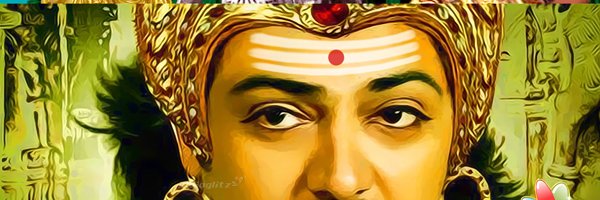
Ugra
@Ugra___
Indian Neolithic, Bronze & Iron Ages, Mil-Aviation, Economics and Writing enthusiast
Śatapatha Brāhmaṇam - शतपथब्राह्मणम् On reading the SB as a practical guide, one can sense a host of realistic details that could have an archaeological dimension. A long pursuit might lead us into a greater historical realm. For today we have, but, a small opening.

Spread of Bell Beaker culture in Western Europe
It's Corbett's birthday so here I am, sharing, yet again, the most iconic tiger quote of all time. 🐅🐅🐅 –Man-eaters of Kumaon by Edward James Corbett a.k.a Carpet Sahib a.k.a Jim Corbett (1944)
TLDR - Tatiana V Andreeva et al. 2025 Scythians - Neolithic Euro/Anatolian Farmer ancestry Sarmatians - Siberian/E.Asian/Neolithic Iran ancestry

The latest paper on Scythian ancestries, TV Andreeva et al., plot ancient pops in ADMIXTURE (K=8). One can see the CHG & Iran_N divergence. WSHG is not here, I suppose it would be adjacent to Nganasan or Krasnoyarsk. AHG is also a miss - no idea how it would skew the colours!

And we did it. We digitally reconstructed Hampi just like it was in the glory days. A scene from our latest video on Vijayanagara Empire youtu.be/zmetJ8ANdnA?si…
Yes! We are digitally reconstructing Hampi and it's taking a lot of time for the upcoming video!
Dry title, but compelling story of how the monetisation of the Middle-East was driven by war. Alexander's successors feverishly minted coins as the only reliable method of raising troops: polities were too unstable to offer land-grants, & natives weren't trusted for conscription.
But after almost a decade of failed solutions, the worsening problem of vagrant Greek exiles & mercenaries had become acute. There were now so many of them, the risk of potentially sparking all of Greece into revolt was preferable than allowing the status-quo to fester.
After months of searching, I located the Śrauta that requires a specific treatment of ritual pottery preceding the Soma sacrifice. Two scholars wrote about this 75 years ago! This action, while prescribed to be done by hand, jumped into an innovation loop resulting in NBPW.
The earliest NBPW site is at Juafardih, a small site 3 km to the west of Nalanda. The find was dated to 1200 BCE. The proximity to an ancient seat of learning is highly illuminating - implying a center of technical innovation in antiquity.
A photo of the artifact - the top has been sheared off - whether in excavation or later is unknown. It is also not clear to me where this artifact is currently.
Then Mackay found a virtually similar artifact at Chanhudaro, with the driver and carriage.
Cast socketed bronze implements, like this spearhead, were a feature of the Seima-Turbino phenomenon in 2200 BCE - from the Yellow river basin in China to eastern Europe.

The advent of the Song Dynasty in China (960 AD), the Fatimids in Egypt (969 AD) and the Cholas in South India (985 AD) greatly increased maritime trade to China, displacing previously existing overland routes (from Tansen Sen).
At the Italian site of San Giuliano, a team has unearthed a rare intact and sealed Etruscan tomb, which dates to around 400 B.C, in a chamber shaped like a house holding four individuals lying on carved stone beds and surrounded by over 110 artifacts. archaeology.org/news/2025/07/1…
'water is transparent only within a very narrow band of the electromagnetic spectrum, so living organisms evolved sensitivity to that band, and that's what we now call "visible light". ' (found via HN)
Photograph of the Lord High Executioner from Rewah, located in Central India, around 1898. Captured by the photographic firm Bourne & Shepherd, this striking image was later published in "Peoples of All Nations" in 1922. The executioner is seen adorned in a distinctive armor…
The continuity of ceremonial aesthetics for 4000 years. Note the headgear and the horned spikes on the arms. The complete lack of IVC relics when the photo of the executioner was captured points to an organicity that has survived underground.
Photograph of the Lord High Executioner from Rewah, located in Central India, around 1898. Captured by the photographic firm Bourne & Shepherd, this striking image was later published in "Peoples of All Nations" in 1922. The executioner is seen adorned in a distinctive armor…
Saw the Hathibada inscription in Udaipur Government Museum. This, along with the Dhana inscription of Ayodhya, are the two oldest Sanskrit inscriptions that we are currently aware of. And yes, I’ve now seen them both up close!
